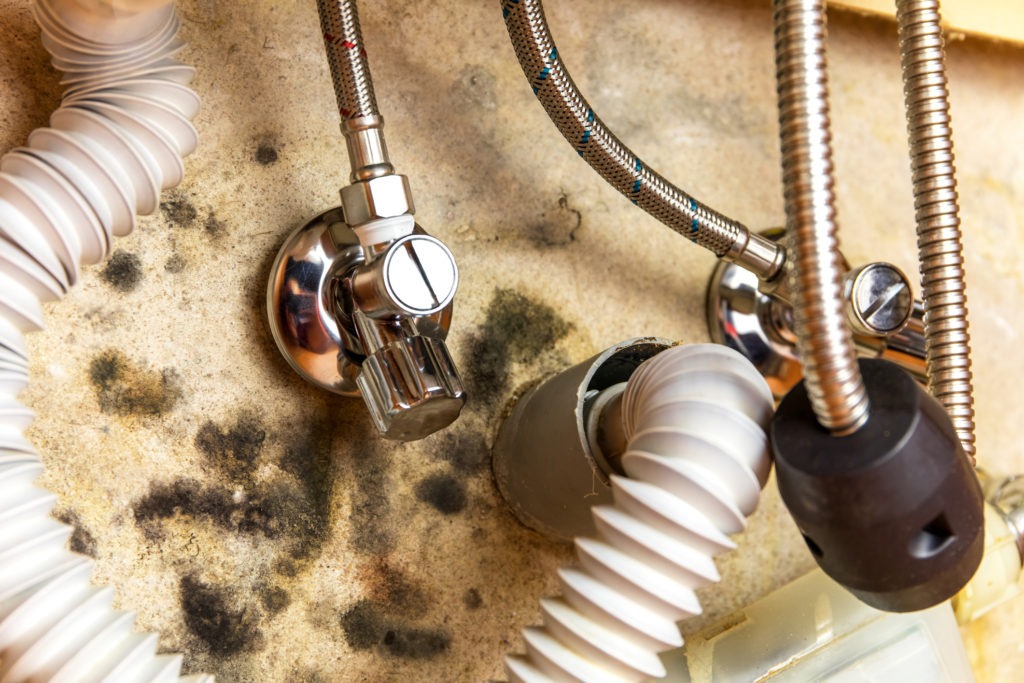As you bid on jobs, you may have noticed that Pollution Liability insurance is increasingly becoming a contractual requirement. That’s because environmental claims have increased dramatically in recent years.
Climate change has raised public awareness about the impact of pollution, leading to new federal, state and local ‘brownfield’ initiatives and tax advantages for companies that proactively address environmental issues. In turn, the legal system has become more active, with more claims involving hazardous environmental exposures including indoor air quality, installed building products and excessive siltation. COVID-19 is also changing the landscape and carriers are taking a close look at limiting coverage related to viruses, bacteria and communicable diseases.
It’s a complex and dynamic market.
What is it?
Pollution Liability insurance protects contractors from work they perform that results in a “pollution condition.” This can be from a sudden event or accident, or a slow, gradual deterioration.
One common claim involves mold. Let’s say a plumber or sprinkler contractor accidentally drills a hole in a pipe causing a small water leak, with mold developing 72 hours later. The mold isn’t discovered until several weeks have gone by. In this case, the contractor is responsible for 3rd party injury claims from mold exposure, along with mold remediation costs. Another possible scenario: an excavation contractor clearing land for a new apartment building hits and damages the petroleum pipeline belonging to the neighboring gas station, causing a leak into the soil. Here, the contractor is responsible for pipeline repairs as well as clean-up of the area.
What does pollution liability insurance protect?
- Bodily injury
- Property damage
- Emergency response and clean-up expenses
- Defense costs
When might claims arise?
Claims may arise when damage resulting in a “pollution condition” occurs, including toxic or environmental exposure.
What is typically excluded?
Certain conditions like mold may be excluded, but can be added in with an endorsement. Other typical exclusions include:
- Non-owned disposal sites
- Transporting pollutants
- Business interruption
- Reputational damage
What if the work is subcontracted?
A contractor should have Pollution Liability insurance to cover claims when the subcontractor’s coverage is not adequate. Before hiring a subcontractor, you should require them to submit certificates of insurance, copies of their coverage, and a signed agreement.
How does this insurance fill a coverage gap?
Pollution Liability insurance fills gaps created by exclusions in your Commercial General Liability policy.
How does a policy work and how long should you carry coverage?
Pollution Liability insurance is offered on a per-project or annual basis. Consider an Extended Reporting Period policy for claims that might be filed after work is completed. One of the key considerations will be determining your policy’s definition of “pollutants.” Policies with a broader definition of the term offer superior coverage.
How do I get the right amount of coverage?
If your work involves regular exposure to pollutants, you might consider blanket coverage or a full-term policy with a minimum $1,000,000 limit of liability. If you are a general contractor who only requires Pollution Liability coverage to secure a contract, then you might opt for a per project policy with a stated limit of liability.
What happens if your business situation changes?
At a minimum, revisit your coverage each year at renewal. As your company grows, work with your broker to evaluate the type of work you are taking on, and your levels of exposure.

